Marsh Madness
In this blog series, we’ve journeyed across the world to discover the driest of habitats, the hottest environments, the most diverse areas and even the most barren locations. While we’ve featured various climates across the world, it’s time to bring it home and learn about the land the Virginia Zoo and our surrounding communities live in. We’re talking about wetlands.
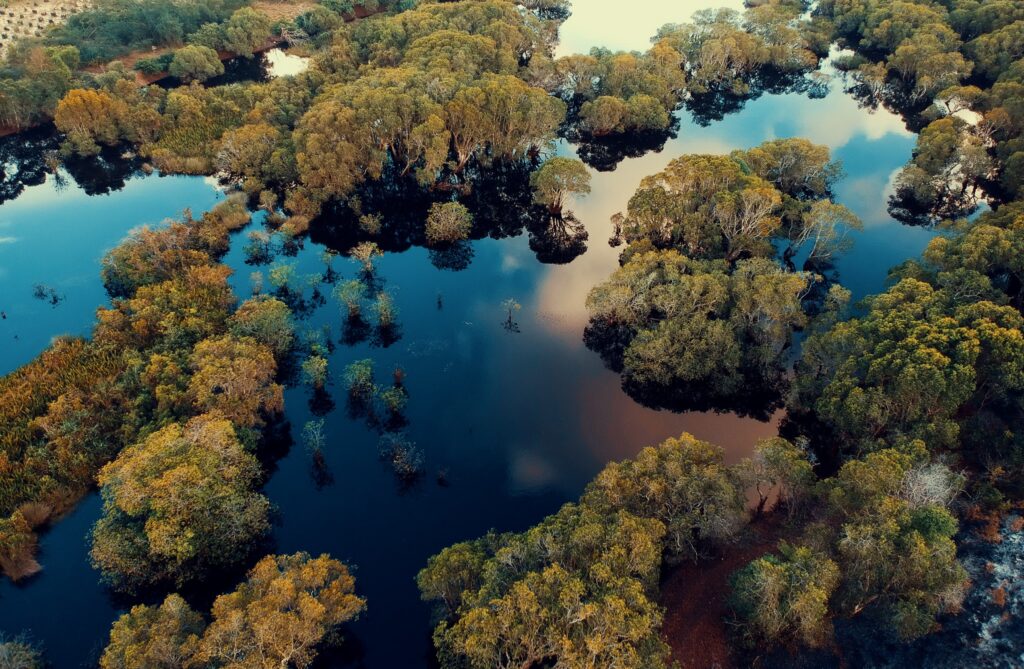
Wetlands, also known as marshes, estuaries, mangroves, mudflats, fens, swamps, deltas, billabongs, lagoons, bogs, floodplains and more, can be found all across the world. From the largest, the Pantanal in Brazil, Bolivia and Paraguay, to some of the most known such as the Camargue in France, Yangtze River Deltas in China and the Everglades in Florida, wetlands span far and wide on every continent, except Antarctica.
The Zoo is nestled on the Lafayette River in the Chesapeake Bay, the nation’s largest estuary, which is where one or more rivers meet the ocean. Wherever there is an estuary also lies a wetland, which is an ecosystem that consists of saturated land. What makes wetlands different from grasslands is that the plants that thrive in this type of habitat are aquatic vegetation that are also adapted to land. As the tides in wetlands can often rise and fall, this adaptation is crucial for plants species survival.
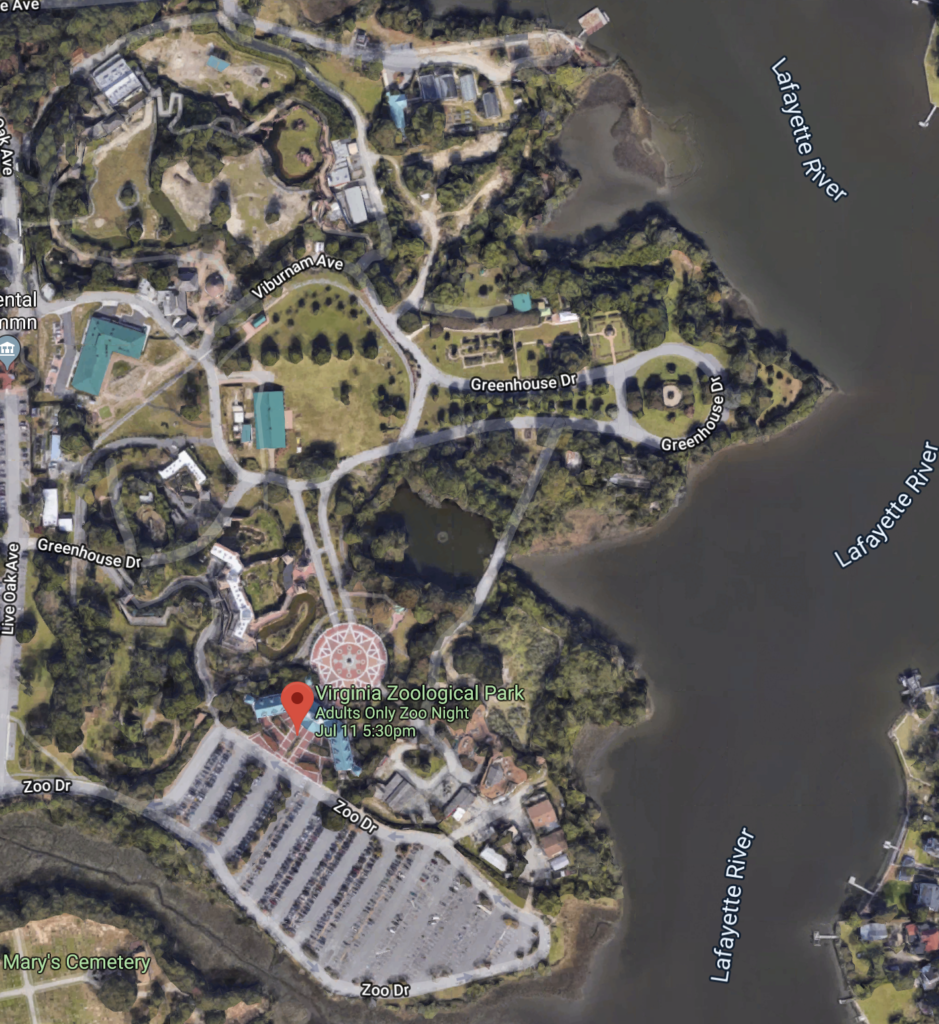
Wetlands are also important for animal species survival. Many species that can be found in these marshes and swamps are indicator species, which means their presence indicates that the quality of water is clean and habitable. Wetlands are often victim to runoff from land, which can carry oils and chemicals from roadways, human and pet waste, trash and more, so if the water isn’t suitable, you won’t find many animals living there.
Wetlands are also often filled in with sand and dirt to create a more stable foundation for housing developments and businesses and while some see this as positive growth for the economy, the destruction of wetland habitats can be disastrous for our ecology. Not only are wetlands crucial for various animal and plant species, they also serve other important purposes. Wetlands absorb pollutants and improve water quality and they also reduce shore erosion and reduce the impact of floods. Without wetlands, species would die out, our water quality would drop, and we would be at risk for major flooding whenever it rains but especially when a hurricane hits.
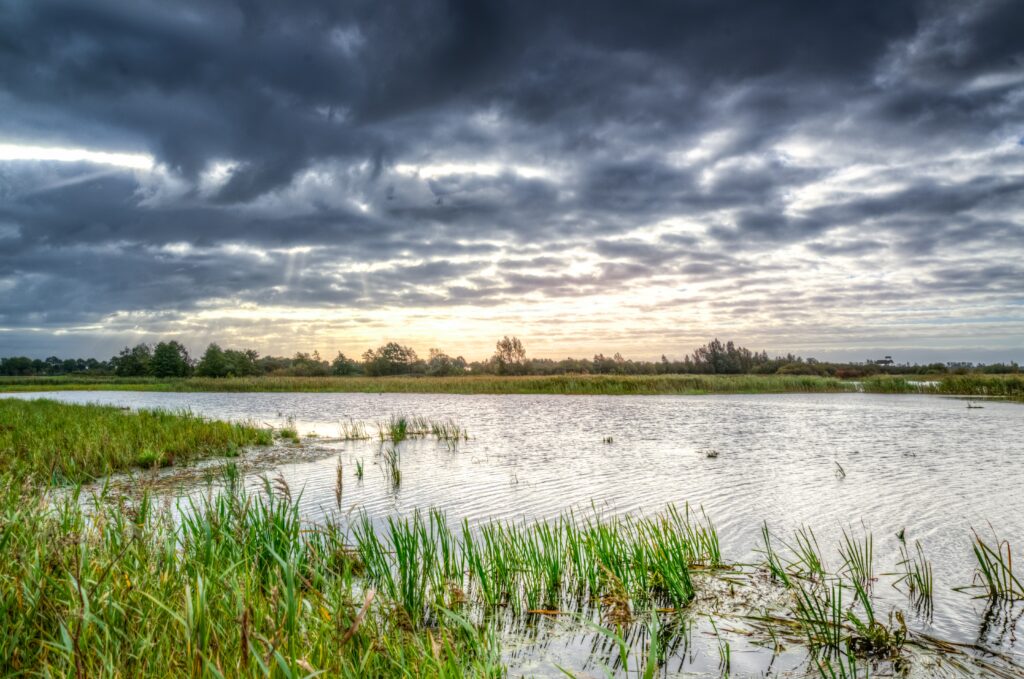
The Virginia Zoo has the constant opportunity to work with many organizations to help restore wetland habitats and educate the public on the importance of these ecosystems. We partner with the Chesapeake Bay Foundation for oyster restoration directly behind the Zoo and clean up trash around the Zoo to prevent it from making its way into the river. Another way we can stress the importance of wetlands is through many of the species found on Zoo grounds that visitors can see and learn about when they visit.
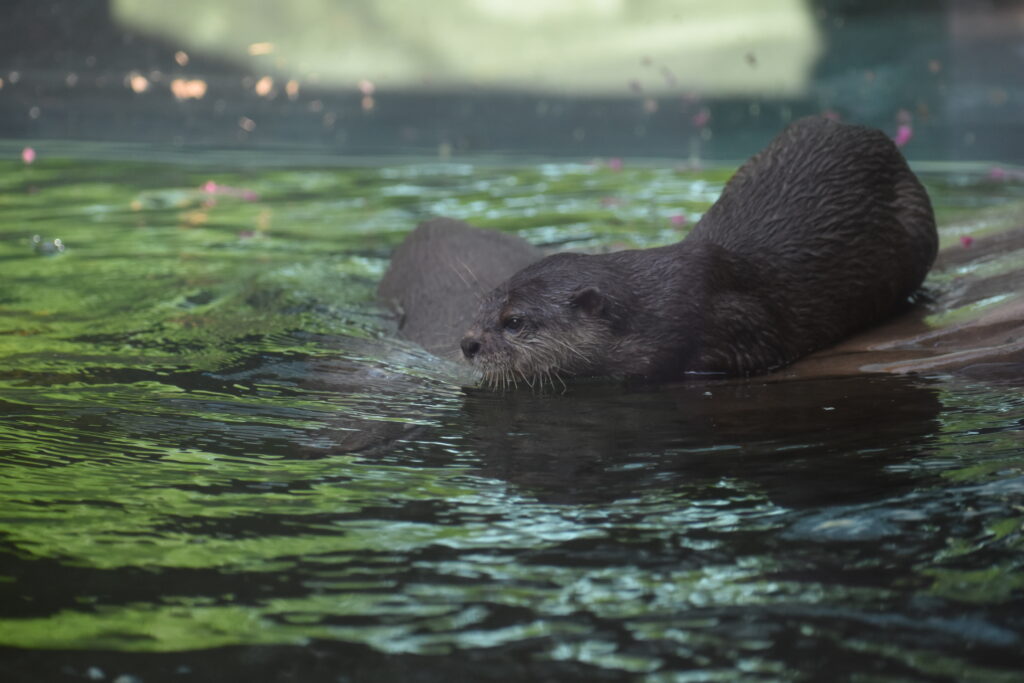
Otters, including the species found at the Zoo, the Asian small-clawed otters, are native to wetlands. Otters thrive in wetlands because they are excellent swimmers and are also capable of coming onto land to rest. They primarily eat fish, crabs, snakes, rodents, shellfish and snails, all of which are abundant in wetlands.
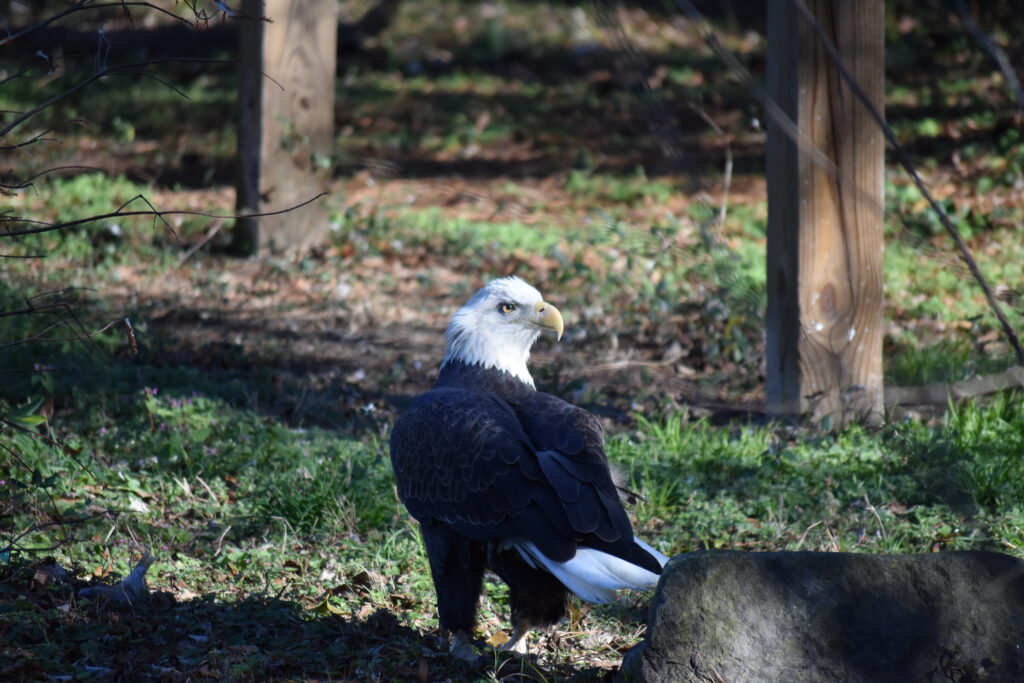
Bald eagles are widespread across the United States, but are commonly found in wetlands or along rivers and lakes. They typically nest in large, mature trees close to water with adequate food sources and the birds of prey feast on fish and waterfowl.
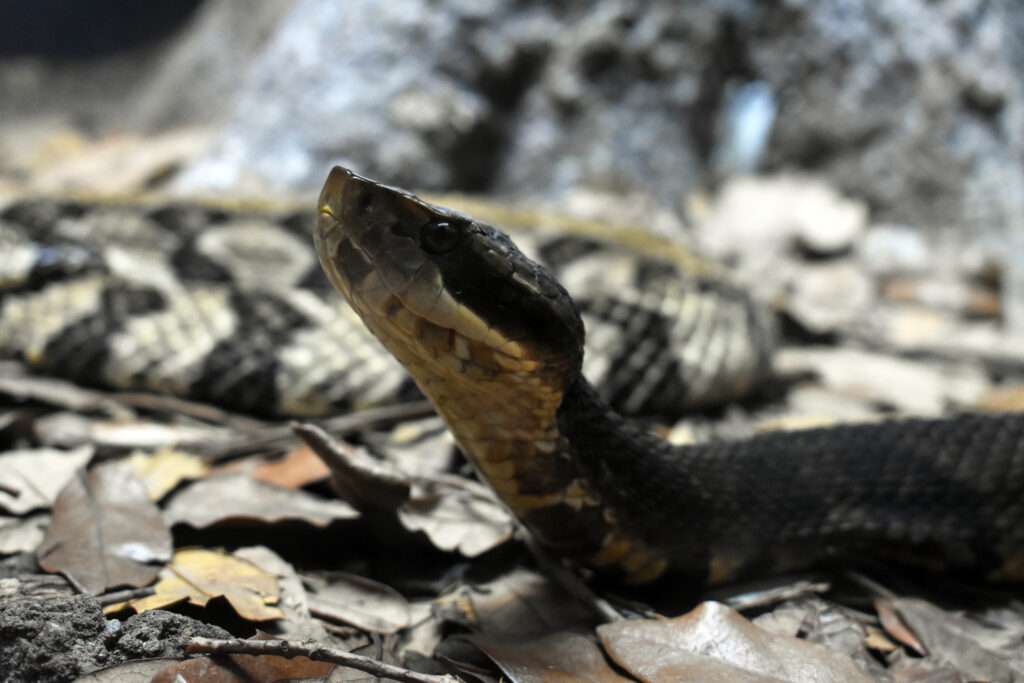
One of Virginia’s three venomous snake species, the cottonmouth is endemic to wetlands in the Southeastern U.S. Also known as water moccasins, the snakes are semi-aquatic and spend the majority of their time swimming and preying on food such as frogs, fish, other snakes, lizards and small mammals.
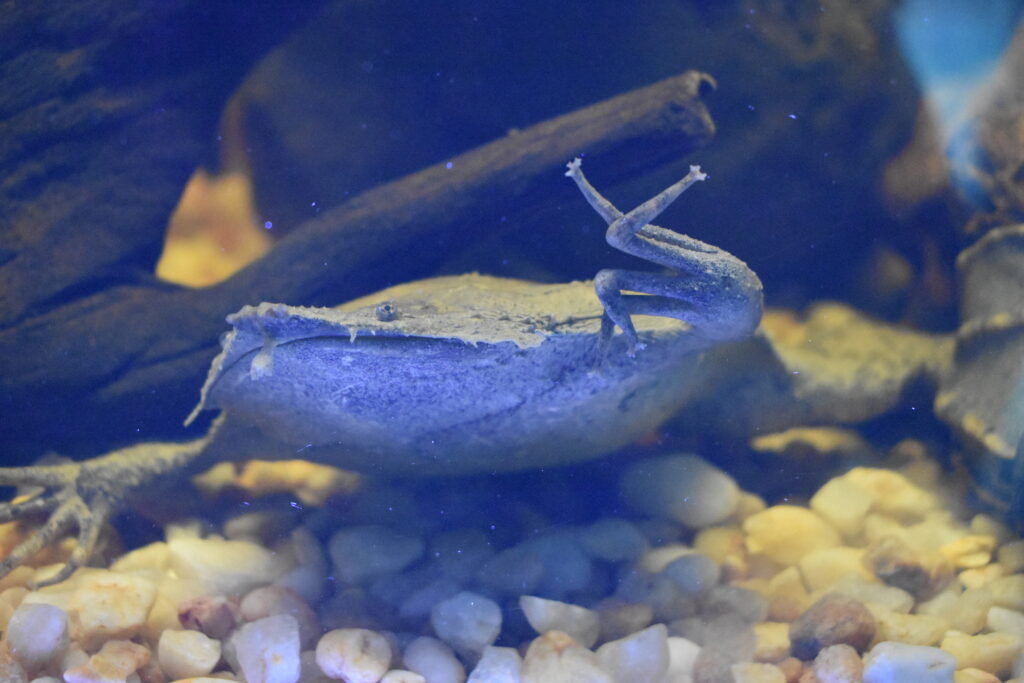
Disguised as leaf litter, the pipa pipa frog or Suriname toad is a species of amphibian found in South American wetlands and rainforests. The toad eats mostly small fish, worms, crustaceans and other invertebrates. This unique species pushes fertilized eggs onto the female’s back where they are then enclosed by the sticky skin. Once they have developed into toadlets, they hatch out of her back and float to the surface for air.
There are many other species found at the Virginia Zoo that are natively found in wetlands including the southern screamer, bog turtle, many species of tree monitor and even moon bears. Each species serves a unique role in the ecosystem and the ecosystem as a whole is vital to where we live.
Our descriptive journey through the wetlands concludes our Climates blog series, but join us in the upcoming months for a special new blog series called Brood Expectations. More information to come soon! Thanks for joining us!